Are Insects the New Super-Food?
It is widely accepted that by 2050, the Earth will be home to 9 billion people. With the current conditions of climate change, lack of land, water etc., a global food shortage is being prophesied. However, researchers are leaning towards one possible solution: Insects.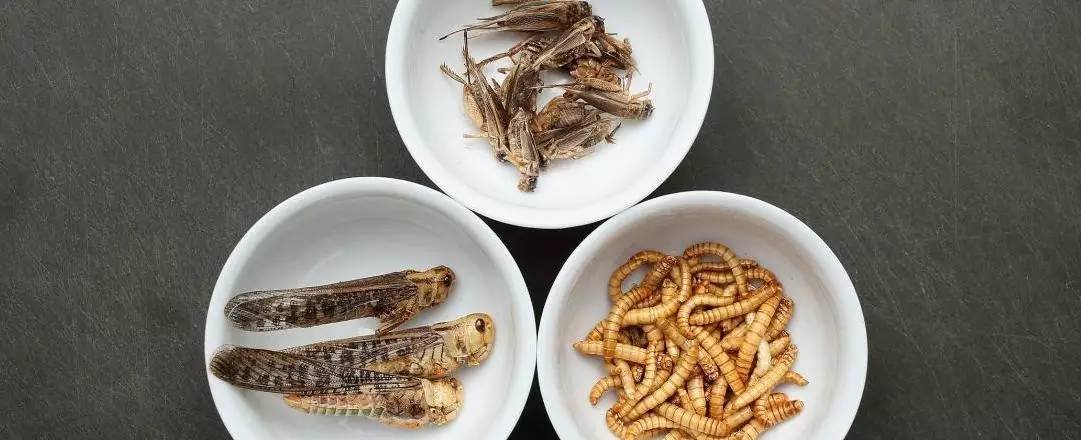
It has been found that Insects like caterpillars, mealworms, crickets, beetles, silkworms, locusts and termites are not only a good source of nutrition, they are also much more eco-friendly to raise than traditional livestock.
Entomophagy – the consumption of insects, has been a common practice in Central Africa, Latin America, and parts of Asia (being in China, this is probably not all that surprising!). But will entomophagy ever truly go mainstream? Lets take a look at the pros and cons.
Nutritional Factors
A study published in the European Journal of Clinical Nutrition showed that:
- Honeybee larvae have 850 percent more iron than beef by weight
- Caterpillars contain 10,000 percent more calcium than pork
- Per 3.5 ounces, mealworms have 247 calories and chicken has only 152 calories
- Both pork and crickets contain 20 grams of protein per 3.5 ounce portion
- Palm weevils (beetles) have twice the fat of pork
- Crickets contain far more sodium than any type of meat
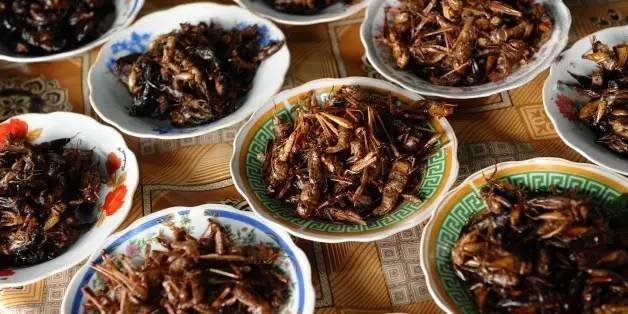
While these figures sound promising, there is a flipside: Firstly, one would have to eat a lot of these insects to match the nutritional value of even a forkful of traditional meat. Secondly, research is still being conducted on eliminating toxicity, contaminants, disease-causing bacteria, and heavy metals from insects raised for human consumption.
Thirdly, insects are arthropods – and like several other arthropods such as shrimps, they can cause severe allergic reactions. Lastly, due to the high fat content, a lot of insects may not be ideal for diets marked with overconsumption and obesity, but may be a promising food source for societies that struggle to get enough nutrition.
Eco-Friendly Factors
- Insects produce a fraction of greenhouse gases compared to other livestock
- They require lesser feed – e.g. crickets need around 2kg of feed to produce 1kg of meat. Cattle, however, require 8kg of feed produce 1kg of meat
- Around 80 percent of an insect such as the cricket is edible but only 40 percent of a cow can be consumed
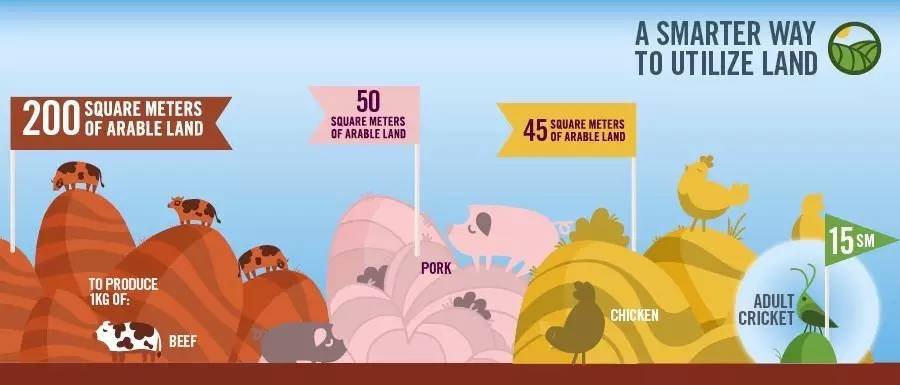
- Insects have a shorter lifespan hence they can be ‘harvested’ quickly
- Insects could also be used as feed for livestock, e.g. if fishmeal is replaced with insects, it would result in an increased fish supply for human consumption
- Insects can consume animal waste or plants that humans and livestock cannot, hence they don’t compete with human food supply
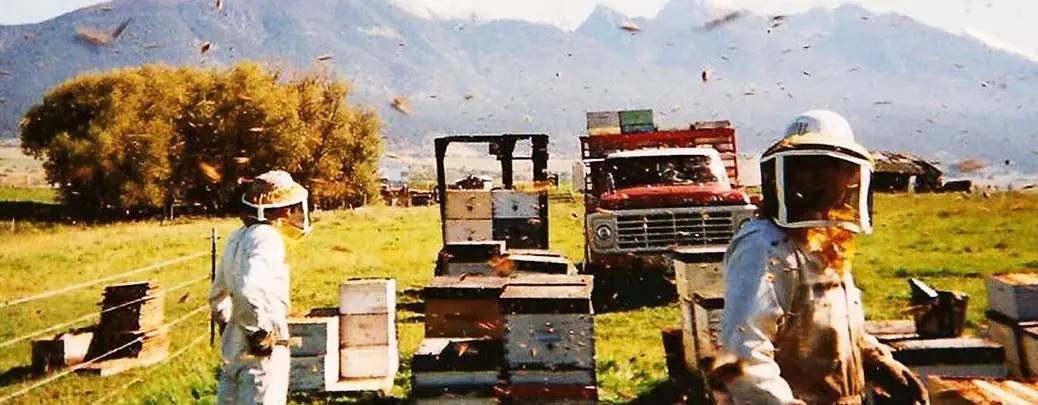
The above facts make the case for entomophagy stronger. However, not everyone agrees. Some researchers question whether we could raise enough insects in a sustainable manner to make a significant impact on world hunger.
Others point out that considering the process that may be involved in industrial bug farming, packaging and transportation, the sustainability factor is overstated. There is also the fact that insect populations, especially bees, are already on the decline – encouraging consumption could have a negative ecological effect.
Perhaps more innovation is required to make insects a mainstream food source. However, the UN Food and Agricultural Organization has already published a massive study pushing for insects to be considered as a global food source. In response, a number of startups are now offering candy-coated worms, caterpillar sushi, energy bars made with cricket flour etc.
You might try these for the sake of novelty but now that you know the facts, would you consider including creepy-crawlies in your regular diet?
If you liked this article, be sure to check out the photo and the QR code below for more fun health facts.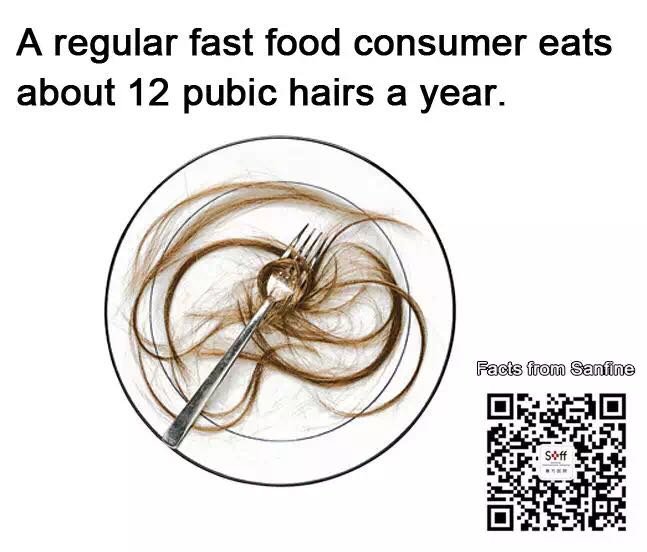
This article is sponsored by Sanfine International Hospital.
Photos: Asia Web Direct, Acquired by Sanfine International Hospital

